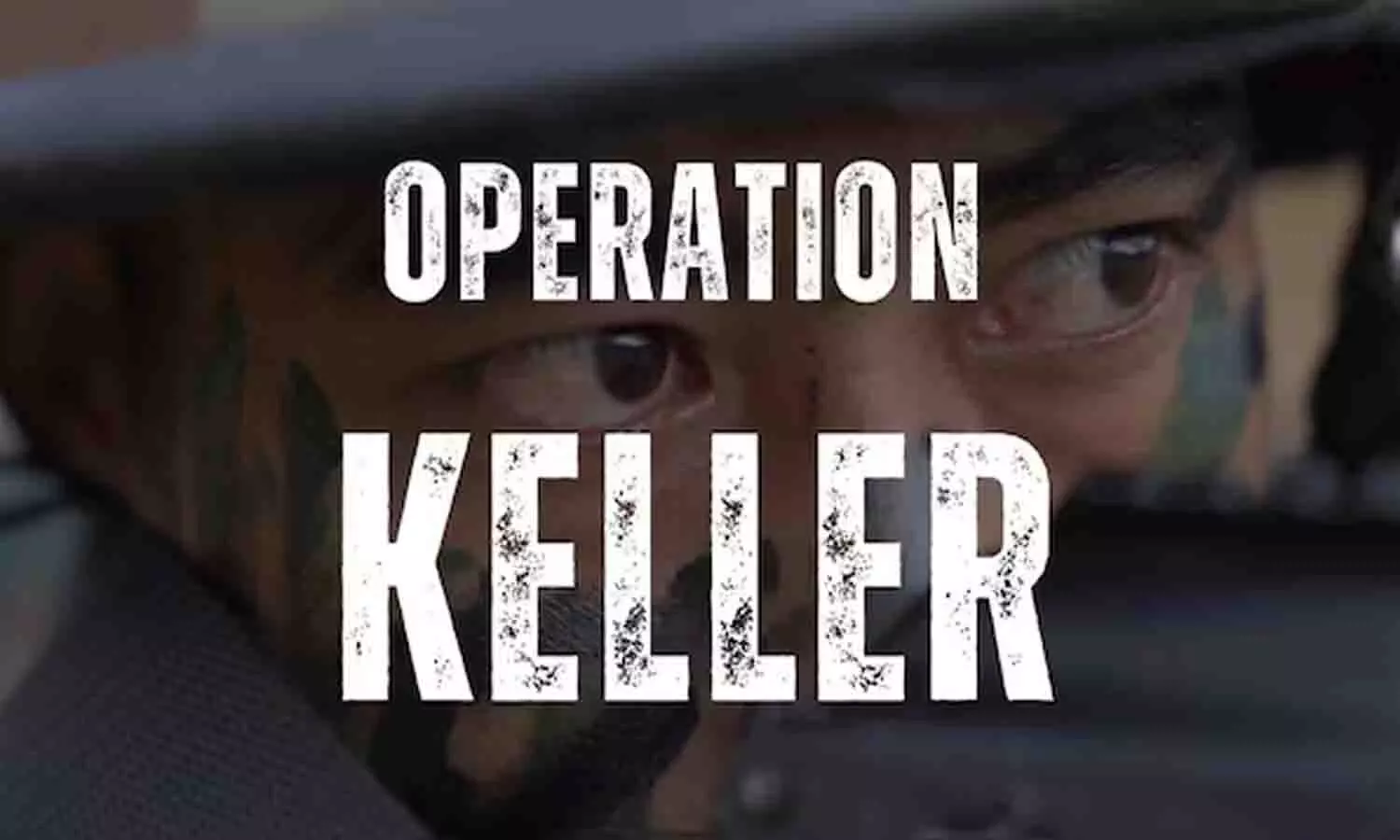- Courses
- GS Full Course 1 Year
- GS Full Course 2 Year
- GS Full Course 3 Year
- GS Full Course Till Selection
- Online Program
- GS Recorded Course
- NCERT (Recorded 500+ Hours)
- Polity Recorded Course
- Geography Recorded Course
- Economy Recorded Course
- AMAC Recorded Course
- Modern India, Post Independence & World History
- Environment Recoded Course
- Governance Recoded Course
- Science & Tech. Recoded Course
- International Relations and Internal Security Recorded Course
- Disaster Management Module Course
- Ethics Recoded Course
- Essay Recoded Course
- Current Affairs Recoded Course
- CSAT
- 5 LAYERED ARJUNA Mentorship
- Public Administration Optional
- ABOUT US
- OUR TOPPERS
- TEST SERIES
- FREE STUDY MATERIAL
- VIDEOS
- CONTACT US
Women in the Indian Army
Women in the Indian Army
31-01-2024
Context: During India's 75th Republic Day parade, an all-women unit took part. This initiated a debate on women’s entry into the army at all levels. While the Navy and Air Force permit women in all branches and also make them eligible for permanent commission, the debate continues for the Army.
What has been the status of entry of Women in the Indian Army?
|
|
|
|
|
|
|
|
|
|
|
|
Note: Combat service involves direct participation in warfare, while non-combat service supports military operations without engaging in direct warfare.
What is the Significance of providing Commanding Roles to women in the army?
- At the individual level: Commanding roles offer women equal opportunities to lead the troops, make critical decisions, grow as leaders and inspire others.
- At the societal level: It challenges the stereotypes of women being weak or subordinate to men. This provides a ground for future generations of female leaders.
What are the recent developments in this regard?
- Some roles, like Infantry and Armored Corps, remain closed for women due to concerns about fighting that happens at short distances, often involving physical contact. (Infantry are soldiers trained for ground combat on foot. The Armored Corps is a military branch that operates armoured vehicles like tanks.)
- However, progress is being made as women are now allowed in combat support roles by the government.
- Globally, countries such as the US, UK, Russia, and Israel have integrated women into command positions, showing advancements in gender equality in the military.
What is the way forward?
- Training and Support: There is a need to provide targeted training and support to women in command roles to ensure their success and address the specific challenges they may face.
- Increase Recruitment: Efforts should be made to actively encourage and recruit more women to join the military. This will create a larger pool of qualified candidates for leadership roles.
- Cultural Shift: To create a fairer military culture, we need to welcome gender diversity in different ranks of the military.
- Addressing Specific Needs: There is a need to provide sufficient support systems, like childcare leaves, maternity leaves, etc. to meet the specific needs of women soldiers.



